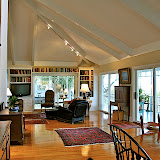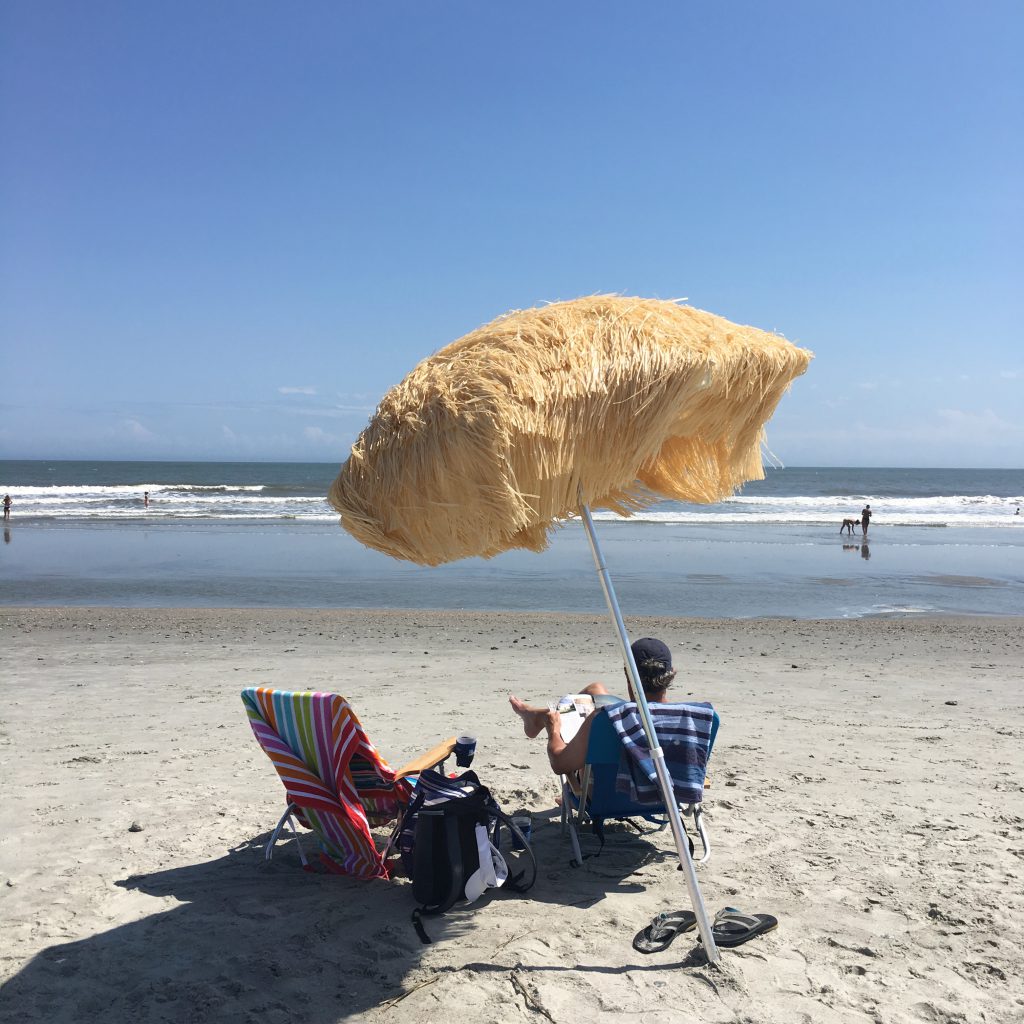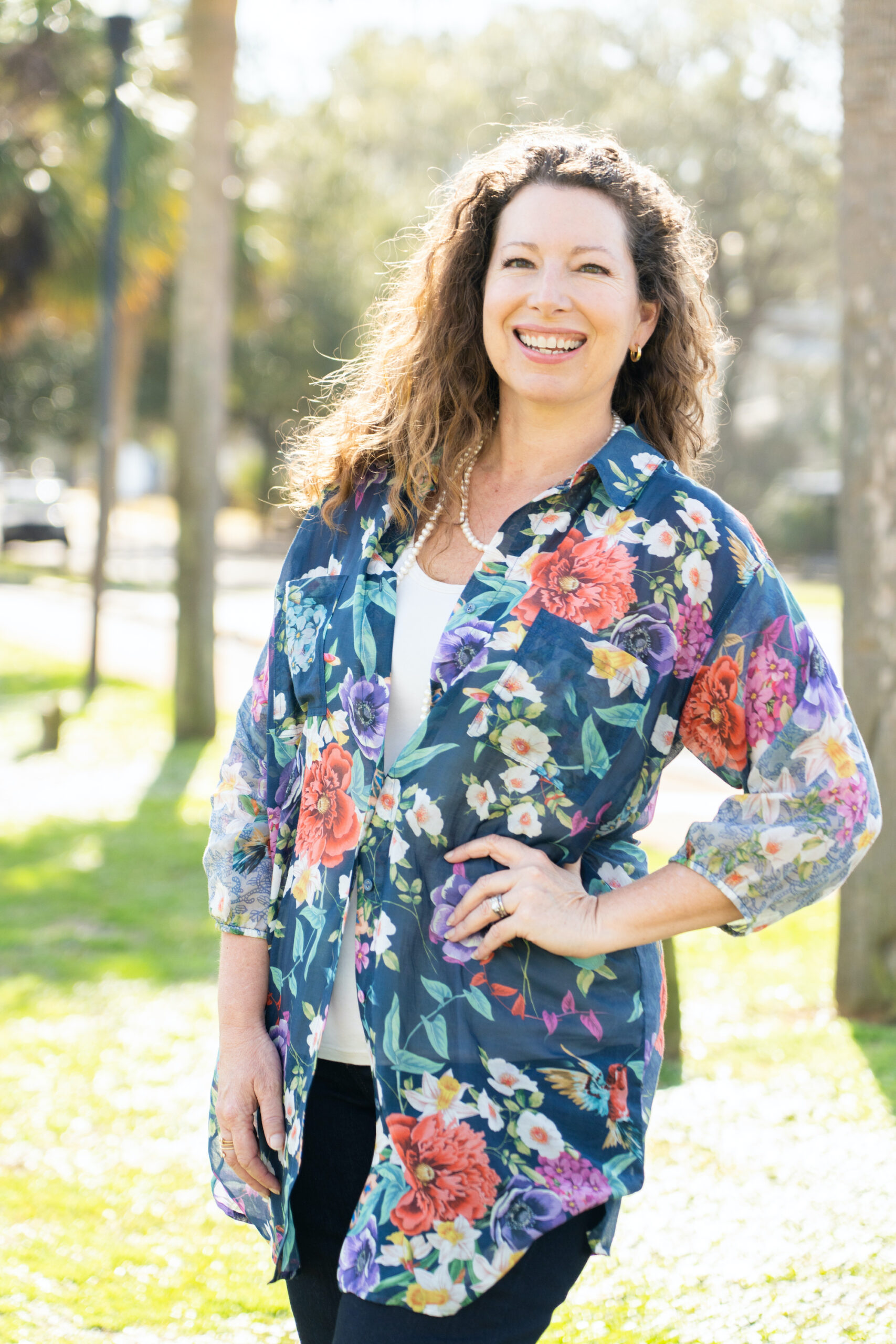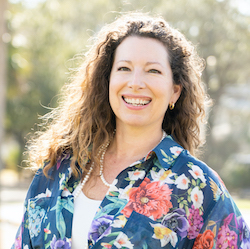The Importance of Good Photography in Selling Your Home
I will venture to boldly say that second to price and location, good photography is the most important part of selling your home, or at least getting buyers to look at it. It’s not how much newspaper advertising your agent does, or how many websites your house shows up on – technology has made it easy for it to be everywhere, all the time. Out there.
It’s the photography, pure and simple.
But why? Because according the National Association of Realtors – 84% of people initiate their real estate search online. (Are there any of you out there that don’t?). What do we like to see when we look online? Photos. Lots of them. In glorious color and from multiple angles. Videos too (and not the ‘Virtual Tour’ kind). If the photos don’t look good, the house doesn’t look good and the likelihood of a potential buyer coming to see it has just been significantly reduced. I’ve even been in circumstances where I KNOW a place is great, but I am reluctant to send it a buyer client of mine because the photos are so bad.
So here is my list of the five most important things to implement when photographing a home. You would think these things are obvious – but too many times I have seen photos that don’t represent the home well. It takes time to get a great shot – I usually take about 100+ so I can narrow it down to the best – but it is well worth the effort in the end.
- Good lighting – determine what the best time of day to take photos in your house is. Natural light is the best, but must always be enhanced by the mood lighting. NEVER turn on a large overhead light. Obviously most people don’t have $15,000 of professional lighting equipment to lug around to every home or can’t afford to pay a professional home photographer $2000 a shoot – but it isn’t necessary. Ask your agent to experiment with the blinds open or closed, and various combinations of lighting.
- A Tripod – a tripod can help counteract difficult lighting scenarios because it allows the agent to change the shutter speed (to allow more light in) without the blur encountered if the camera is hand-held.
- Wide angle lenses – 18mm is the minimum that should be used. This kind of lens is not to trick the buyer into thinking the home is larger than it really is, it is to be able to capture the entire room in one fell swoop. I can’t tell you how many times I have had to contort in a corner, or just hold up the camera, click and hope for the best because I was in a small or strangely shaped room.
- Clutter Free – I know you love your stuff but it can ruin a photograph. I once spent 2 hours in a 1BR apartment clearing out (then putting back) all the extraneous personal details just to set up for the photo shoot. Framed photos, coats on a coat rack, utensils and appliances on the kitchen counter, remote controls, extra plants, too many books – you name it – they should go. You want to convey a sense of space, simplicity and cleanliness. Ask your agent to help you since they’ll probably have significant experience in what a ‘staged’ home should look like.
- Good photo-editing abilities – if all else fails, an agent should know how to fix a photo to remedy problems. It’s not that hard – iPhoto comes with a great built-in editor that allows me to change highlight and shadows, exposures, tints, definition etc…and most of the time, it can turn a so-so photo into a great one.
So here are a few examples of photography I have done. Some were done for my clients, some were done for other agents. It’s not perfect, but I don’t think it’s too bad. Click the photo and it will take you to a Picasa slideshow. Let me know what you think. What could I do better? Is there anything I left out that you would like to see?
 |
| A Turnkey Charleston Pied-a-Terre – $289,000 |
 |
| 48 Bull St |
 |
| 362 Schweers Lane |
 Next Post
Next Post






[…] will save everyone some embarrassment by not telling you how much professional photography costs, but I can say, it’s remarkably low. You can’t afford to hire an agent who […]